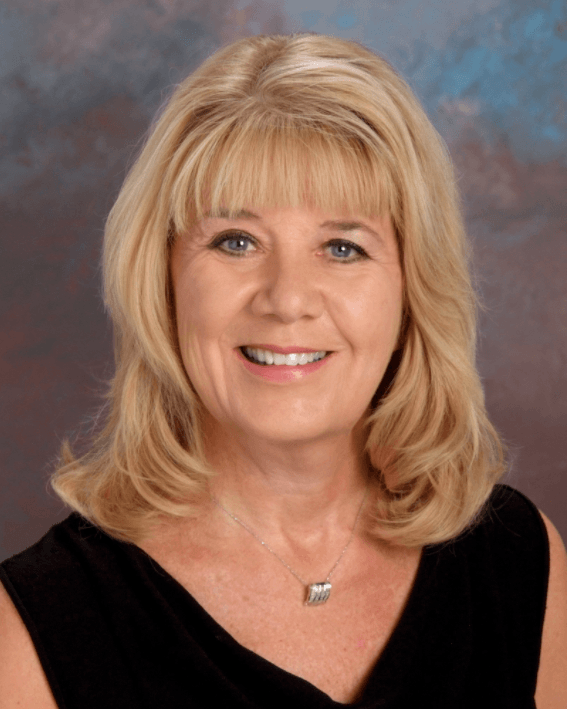Asleep DBS Patient: ‘It’s Been an Amazing Experience’
“It’s amazing,” said the 67-year-old Scottsdale resident, giving a thumb’s up after completing a series of simple tasks with steady hands.
About 20 years ago, Scott was diagnosed with essential tremor – a neurological disorder that causes involuntary shaking, usually in the hands. It often occurs while a person is performing everyday activities, such as eating and writing.
“I went from being able to use a keyboard with my 10 fingers to where I was hunting and pecking,” he said. “It also affected my voice. I would hesitate and be very slow in my speech. People would speak over me, or interrupt my speech and my train of thought. It became very frustrating.”
[bc]https://bcove.me/q64foia9[/bc]
Scott, who works in construction management, not only had to adapt to his condition in his work environment but in other aspects of his daily life.
“I started utilizing a big spoon instead of a fork because I couldn’t keep my food on the utensils,” he said. “I would have to hold my hand so I could write my name.”
Scott discussed treatment options with neurologist Dr. Holly Shill and neurosurgeon Dr. Francisco Ponce. They determined he was a good candidate for “asleep” deep brain stimulation (DBS) surgery.
In DBS surgery, a pacemaker-like device called a neurostimulator is implanted under the skin in the chest and connected to an electrode in the brain. The battery-operated device is programmed to deliver electrical signals to specific areas of the brain, regulating abnormal signals and providing symptom relief for people with essential tremor, Parkinson’s disease, or dystonia.

DBS Program Coordinator
In the “asleep” surgery, the neurosurgeon uses a portable computed tomography (CT) scanner in the operating room to produce an image of the tiny structures in the brain and confirm that the electrode is in the correct place. Using intraoperative imaging instead of microelectrode recording to confirm electrode placement allows the patient to be under general anesthesia for the entire procedure.
“As they’ve improved the surgery, I did not hesitate at all,” Scott said. “We went to the DBS classes. I took my wife with me and shared all of the information with the family members.”
After Scott’s family was on board, he scheduled his surgery for Feb. 9, 2016. Dr. Ponce placed the electrode and implanted the neurostimulator in one procedure.
It took about two weeks to optimally program the neurostimulator, and Scott had already returned to work.
“He said he was able to eat without dropping food for the first time in a long time,” DBS Program Coordinator Meg Lambert recalled. “He also shared that before surgery, his voice tremor was such that in business meetings he did not speak up often when there was discussion. Since his voice tremor has improved, he feels empowered to vocalize his thoughts and opinions in meetings.”
The dramatic difference is easily seen when Scott turns his neurostimulator on and off.
“It’s been an amazing experience,” he said. “From the time we started all the way through surgery, it went as planned.”
